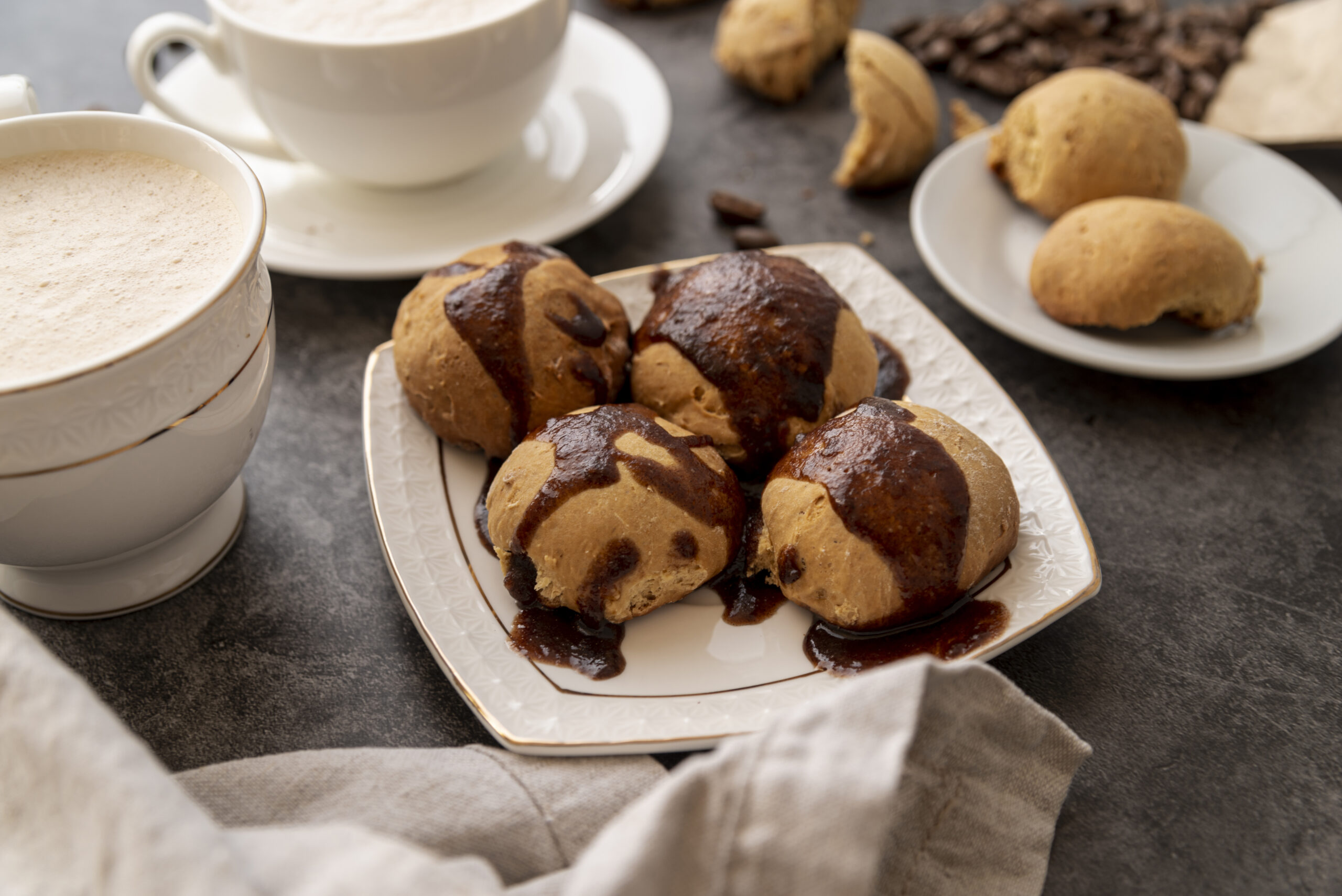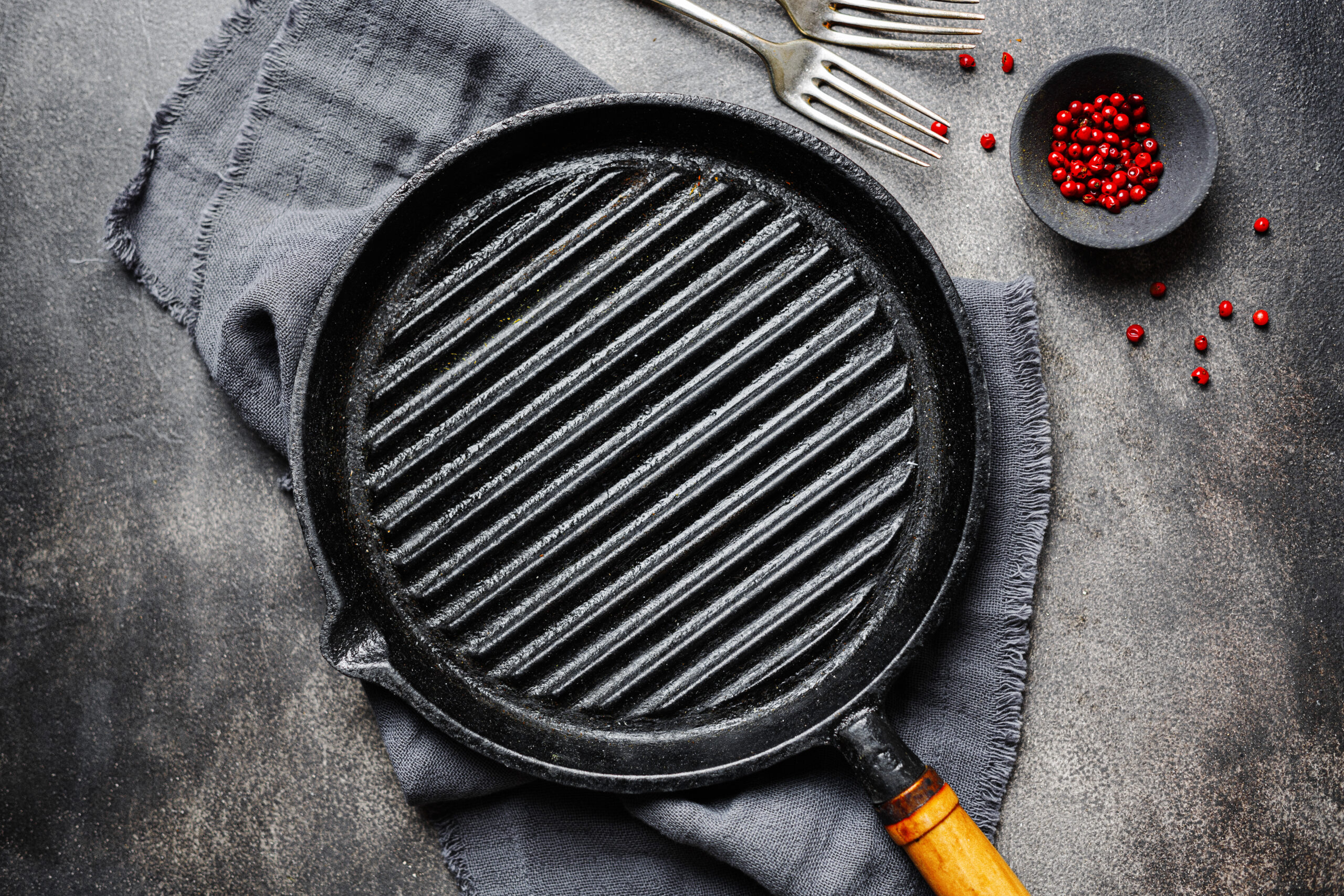- LIFE
Levain Cookie Recipe Irresistibly Gooey and Delicious


Seasoning a cast iron pan is an essential skill for home cooks and culinary enthusiasts alike, ensuring your cookware remains non-stick, rust-free, and ready for any culinary challenge. However, achieving that perfect, glossy patina can be daunting without the right guidance. This article will walk you through the entire process, from gathering essential tools to troubleshooting common issues, ensuring your cast iron pan is always in prime condition.
Before diving into the seasoning process, it’s crucial to have the right tools at your disposal. This list of essential tools for seasoning will help streamline the process and ensure optimal results.
Follow these step-by-step instructions for seasoning to build a robust, long-lasting layer of seasoning on your cast iron pan.
Start by thoroughly cleaning your cast iron skillet with warm water and a non-abrasive scrubber. Avoid soap if possible, as it can strip away existing seasoning. Dry the pan completely with a towel or by placing it on a stovetop burner over low heat.
Choose a high smoke point oil, such as flaxseed or canola oil. Pour a small amount onto the pan and use a paper towel to spread it evenly across the surface, including the handle and exterior. Wipe away any excess oil to avoid a sticky residue.
Preheat your oven to 450°F (230°C). Place the pan upside down on the middle rack, with a sheet of aluminum foil on the lower rack to catch any drips. Bake for one hour, then turn off the oven and allow the pan to cool inside. This step polymerizes the oil, creating a hard, protective layer.
Understanding common mistakes and how to avoid them can save you time and frustration in the seasoning process.
Pro hacks for cast iron maintenance can extend the life of your cookware and improve its performance.
Troubleshooting scenarios and solutions are crucial for addressing common issues with cast iron seasoning.
If your pan feels sticky, it’s likely due to too much oil. Reheat the pan in the oven to allow the excess oil to polymerize or scrub it with hot water and reapply a thin layer of oil before reheating.
Rust can occur if the pan is exposed to moisture for too long. Remove rust by scrubbing with a non-abrasive brush and re-season the pan as needed.
Choosing the best oils for seasoning can impact the quality and longevity of your cast iron’s non-stick surface.
Rust can be a common issue, but it is easily resolved with the right approach.
Use a non-abrasive scrubber with a mixture of coarse salt and water to gently scrub away rust. Rinse and dry thoroughly before re-seasoning.
For more severe rust, submerge the pan in a 50/50 vinegar and water solution for up to an hour. Scrub away the rust, rinse, dry, and re-season immediately.
Cooking acidic foods such as tomatoes or citrus can strip away the seasoning if done frequently. It’s best to limit cooking acidic dishes in your cast iron or ensure periodic re-seasoning to maintain the protective layer.
For long-term care, store your cast iron in a dry place, avoid soaking it in water, and always apply a thin layer of oil after cleaning to protect the surface. These tips for maintaining a seasoned pan will keep it in excellent condition for years.
Maintaining cast iron doesn’t have to be costly. Use affordable oils like canola, and repurpose old towels for cleaning and oiling. Regular upkeep can prolong the need for expensive re-seasoning treatments.
Seasoning involves the polymerization of fats at high heat, creating a non-stick surface. This scientific process bonds the oil to the iron, forming a durable, protective layer that enhances cooking performance.
Different seasoning methods offer varied results. Lodge recommends using vegetable oil and a 350°F oven, while Serious Eats suggests flaxseed oil and a 450°F oven for a more durable finish. Each method has its benefits, depending on the desired outcome and available resources.